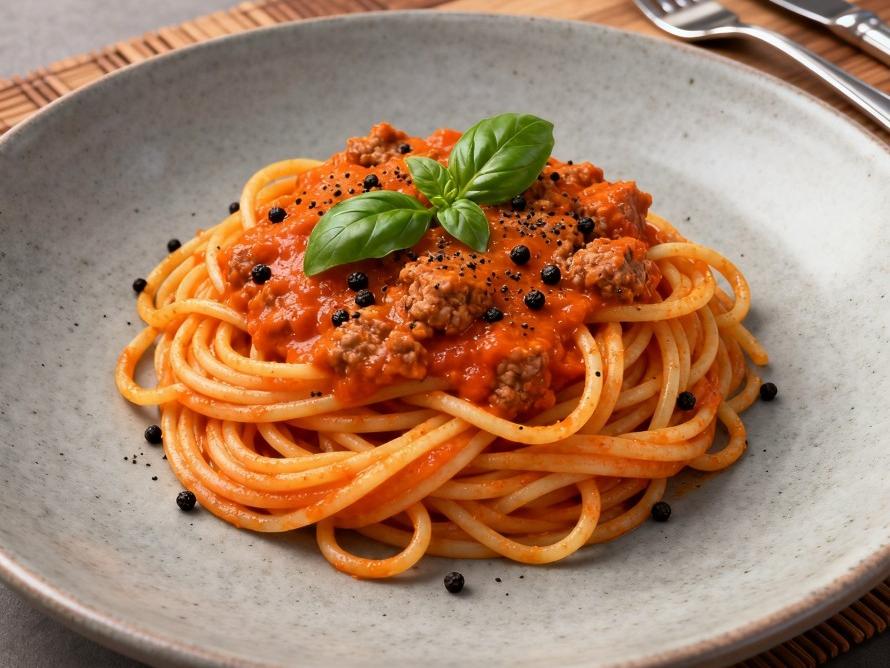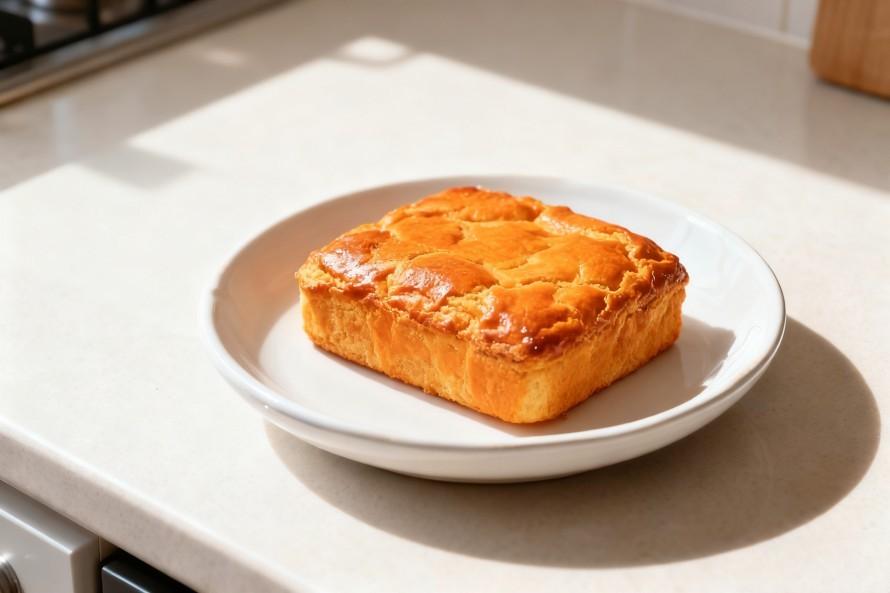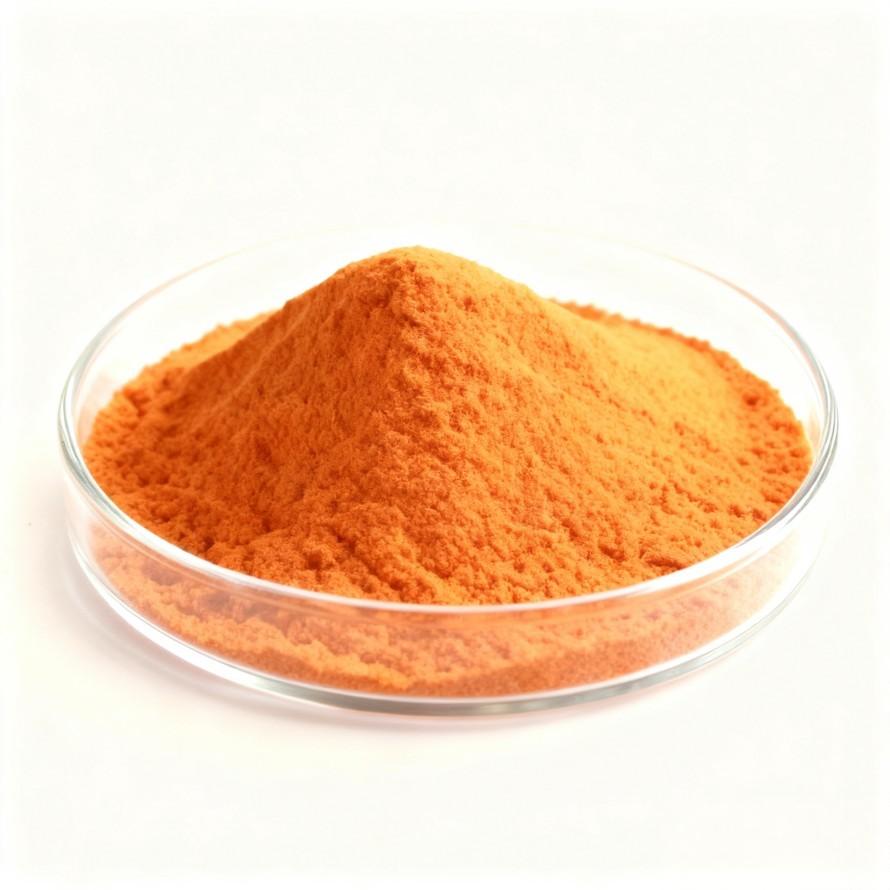Encapsulated Carotenoids: Safeguarding Your Product's Color and Efficacy
Amidst the consumer trend prioritizing both health and natural ingredients, beta-carotene stands as the star ingredient in food and health supplement formulations. It not only imparts a sunlit natural hue to products but also serves as a provitamin A, fulfilling consumers' core demand for nutritional functionality. However, this exceptional ingredient faces significant challenges from the moment it enters production—its extreme sensitivity to light, oxygen, and temperature causes continuous fading, oxidation, and rapid decline in bioactivity throughout processing, storage, and shelf life.
This means your meticulously designed products may lose their eye-catching vibrancy and promised health benefits by the time they reach consumers. This not only wastes raw materials but directly undermines product competitiveness and brand credibility.
Today, Green Spring Technology breaks this impasse with innovative solutions, proudly introducing our patented encapsulation technology for beta-carotene products. We are committed to being the “Guardian” of your product value, building a microscopic protective barrier that safeguards both color and efficacy from production to the consumer endpoint. This ensures your product's original value is perfectly preserved, enduring over time.
1 Encapsulation Technology—Building a Triple-Layer Protection System for Your Products
In an increasingly competitive market, fading product color and diminished efficacy are silently eroding your profits and brand reputation. Green Spring Technology's encapsulation technology was born to address this critical challenge. We not only provide raw materials but also build a comprehensive protection solution for your products:
First Layer of Protection: Color Locking & Fade Prevention, Keeping Products “As Vibrant as New”
Imagine your product retaining its factory-fresh vibrancy even after six months on the shelf. Our encapsulation technology forms a dense protective layer around beta-carotene molecules, effectively blocking light and oxygen to extend color retention by over three times. This means:
· Clear packaging is no longer off-limits, making product displays more appealing
· Extended shelf life without fading or dullness
· Minimized color variation between batches for consistent quality
Second Layer of Protection: Preserving Activity, Delivering Nutrition
When consumers pay for “vitamin A-rich” products, they deserve the promised nutritional value. Our encapsulation technology ensures beta-carotene retains over 95% of its activity after processing and storage. This translates directly to:
· More credible nutrition claims and product efficacy
· Reduced ingredient overuse, directly lowering costs
· No nutrient loss during high-temperature sterilization or spray drying
Third Layer of Protection: Compatibility & Stability, Ensuring “Perfect Integration”
We've solved the most challenging compatibility issues in formulation development. Encapsulated beta-carotene:
· Eliminates off-flavors, preserving original product taste
· Disperses uniformly in both aqueous and oil-based systems
· Harmoniously coexists with other ingredients, eliminating precipitation or separation

Actual application data proves:
Feedback from clients using our encapsulation technology:
· Product return rate reduced by 45%
· Raw material usage decreased by 20%
· New product development cycle shortened by 30%
2 Practical Case Studies—See How Industry Leaders Leverage Encapsulation Technology to Win the Market
No amount of theory compares to the persuasiveness of real-world examples. Below are successful implementations of Green Spring Technology's encapsulated β-carotene across industries, offering inspiration for your product innovation:
Case 1: A Functional Beverage Brand's Breakthrough with “Transparent Packaging”
An emerging beverage brand aimed to create a “transparent vitamin water,” but rapid discoloration of standard β-carotene in clear bottles posed a major challenge.
· Solution: Adopted our encapsulated β-carotene
· Results:
· Over 95% color retention within 6-month shelf life
· Unique transparent appearance propelled sales to top-three category ranking within 3 months of launch
· Achieved 1.5 times the price premium of standard functional beverages
Case 2: Building “Quality Trust” for Infant Food Enterprises
A premium rice cereal manufacturer faced persistent issues with color fading and nutrient loss during storage.
· Solution: Full transition to encapsulated beta-carotene
· Results:
· Stable color and nutrition throughout post-opening shelf life
· Customer complaints reduced by 70%, repurchase rate increased by 40%
· Successfully entered premium supermarket channels, elevating brand image comprehensively
Case 3: A Gummy Manufacturer's Breakthrough in “Innovation Bottlenecks”
A confectionery company sought to develop vitamin-enriched transparent gummies, but traditional ingredients consistently caused color spots and sedimentation.
· Solution: Utilized our encapsulated formulation specifically developed for confectionery
· Outcomes:
· Achieved perfectly uniform coloration with zero spots and zero sedimentation
· Development cycle shortened by 50%, rapidly capturing market gaps
· Annual sales of the product exceeded 50 million yuan
Case 4: Health Supplement Company's Strategy to Deliver on “Label Claims”
A dietary supplement brand frequently found its products' vitamin A content below label values near the end of shelf life.
· Solution: Comprehensive adoption of encapsulation technology ingredients
· Results:
· Ingredient levels consistently met label claims throughout the 24-month shelf life
· 100% inspection pass rate, positive regulatory evaluations
· Market share increased by 25% leveraging the “accurate content” selling point
3 Choose Green Spring Technology—Choose a Technology Partner Dedicated to Results
In functional ingredients, selecting a supplier means choosing a technology partner. Green Spring Technology distinguishes itself from traditional raw material suppliers not only through our products but also through the comprehensive value assurance we provide.
We are not just suppliers—we are your R&D extension
· Deep Demand Insight: Our application expert team averages 10 years of industry experience, precisely understanding your product requirements and market positioning.
· Joint Formula Development: Equipped with full-category pilot lines for beverages, confectionery, baking, etc., providing end-to-end technical support from concept to mass production.
· Rapid Issue Response: Established “Direct Access to Technical Experts” mechanism ensures professional solutions to your technical questions within 24 hours.
Quality Assurance for Worry-Free Procurement
· Full Traceability System: Establish comprehensive quality records from raw material cultivation to finished product shipment.
· Dual Quality Certification: ISO9001 dual-system certified, aligning quality management with international standards.
· Batch Consistency Excellence: Utilize advanced Process Analytical Technology (PAT) systems to ensure batch-to-batch product consistency.
Continuous Innovation, Growing Together with You
· Annual R&D investment at 8% of revenue, continuously delivering innovative solutions
· Joint laboratories with three universities to maintain technological foresight
· Regular technical seminars sharing industry trends and application solutions with clients

Tailored Collaboration Models
· Rapid Sample Channel: Targeted samples dispatched within 24 hours of receiving requests
· Small-batch Trial Production Support: Trial packaging starting at 50kg to lower innovation barriers
· Dedicated inventory planning: Establish safety stock for key clients to ensure supply continuity
Take action now—let's start with a conversation
Whether upgrading existing product quality or developing new product concepts, we look forward to in-depth discussions. Contact us immediately to receive:
· Complimentary sample trial packs
· Industry application solution collections
· Professional technical consultations
Contact us:
· Service Hotline: +86 29 88313578
· Technical Consultant: +86 13649243917 (WeChat/WhatsApp same number)
· Email: helen@greenspringbio.com
· Official Website: https://www.greenspringnatural.com/
Let's collaborate and empower your products with lasting competitiveness through technological excellence!
References :
[1] Gao Huijun, Ming Jiaqi, Zhang Yajuan, et al. Research progress in the synthesis and regulation of carotenoids in horticultural plants [J]. Acta Horticulturae Sinica, 2015 (9): 1633-1648.
[2] Xiong Zuoming, Zhou Chunhua, Tao Jun. Changes in carotene content of different types of loquat flesh during fruit coloring [J]. Chinese Agricultural Science, 2007 (12): 2910-2914.
[3] Sun Yujing, Qiao Liping, Zhong Liezhou, et al. Progress in the study of the biological activity of carotenoids [J]. Chinese Journal of Food Science, 2012 (1): 160-166.
[4] Zhang Hongkuan, Liu Helu, Luo Gang, et al. Molecular research progress of animal carotenoid metabolism [J]. Chinese Agricultural Science Bulletin, 2015 (1): 247-251.
-
Prev
A More Efficient, Less Costly Solution for Microalgal Carotenoids Ingredient Extraction
-
Next
How to Improve the Stability of Lycopene Powder?


 English
English French
French Spanish
Spanish Russian
Russian Korean
Korean Japanese
Japanese




